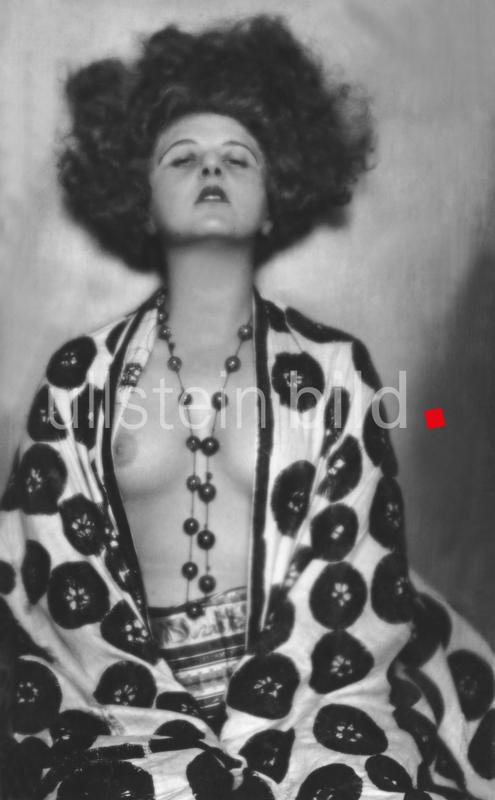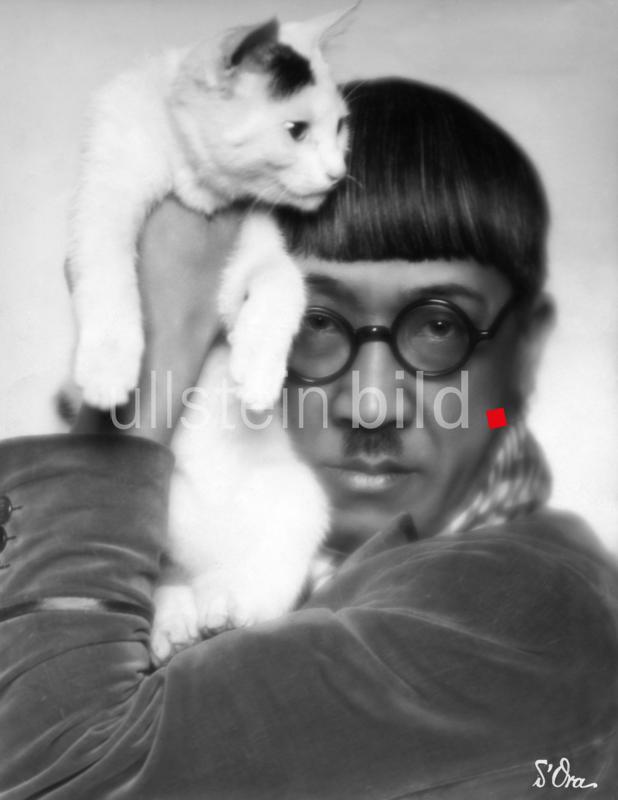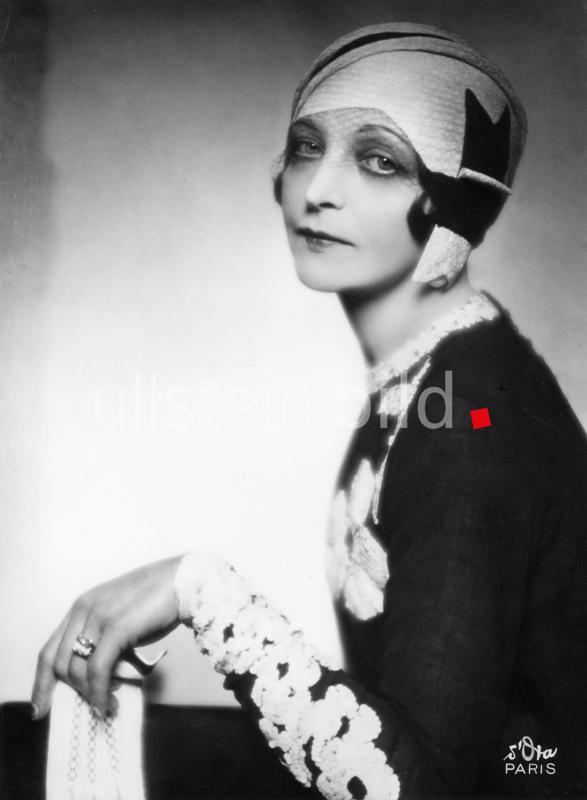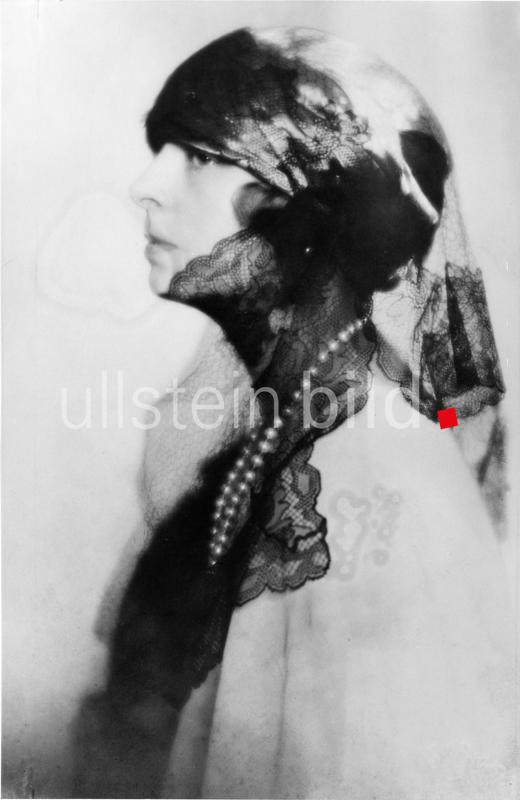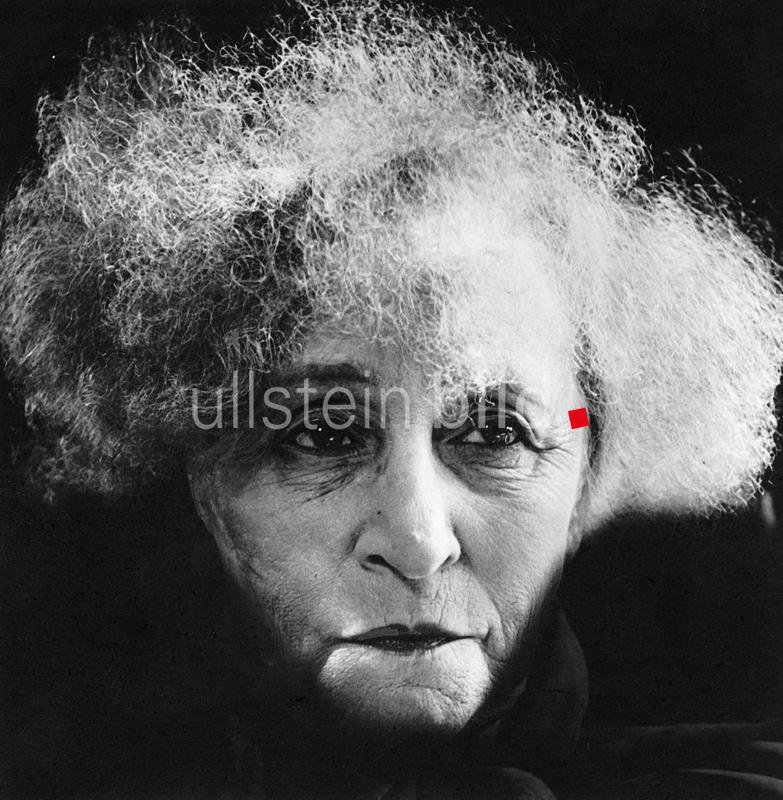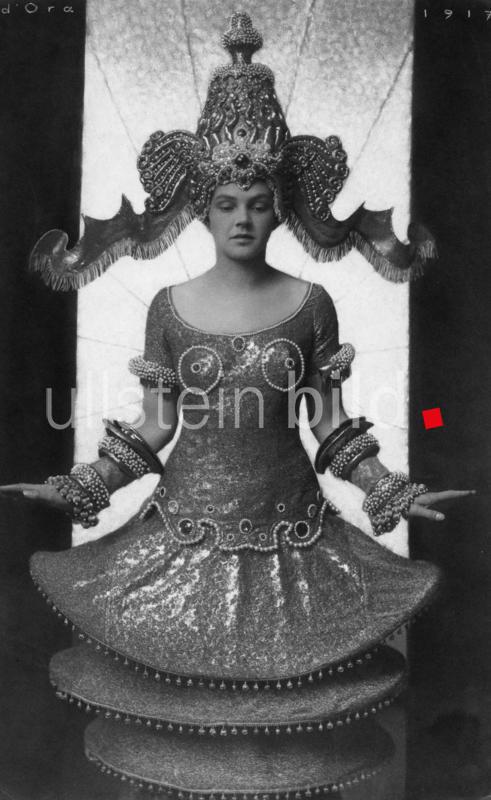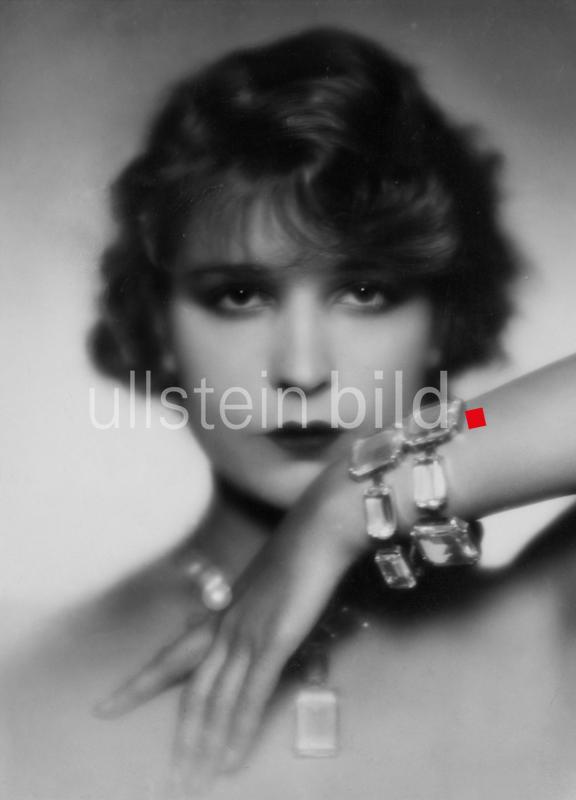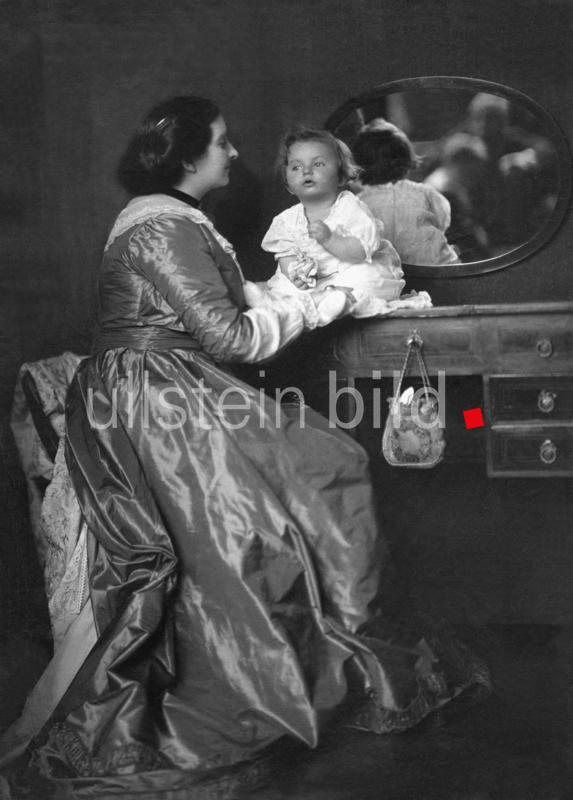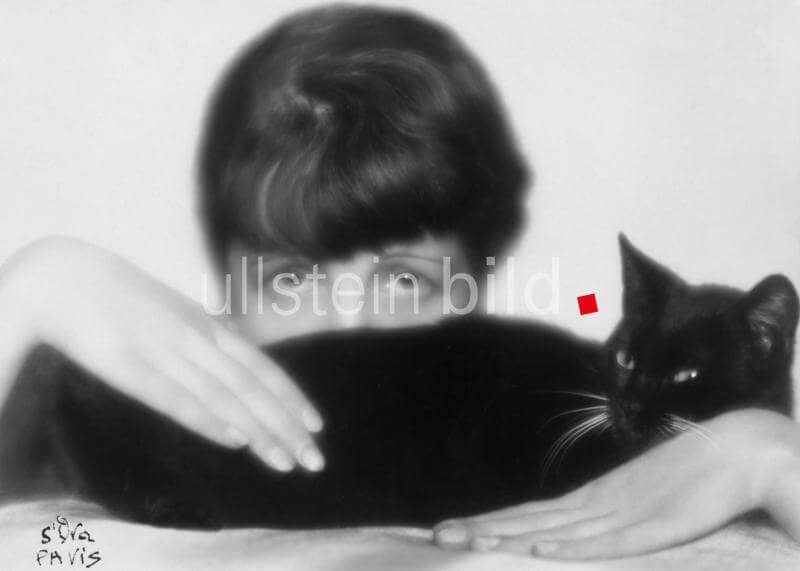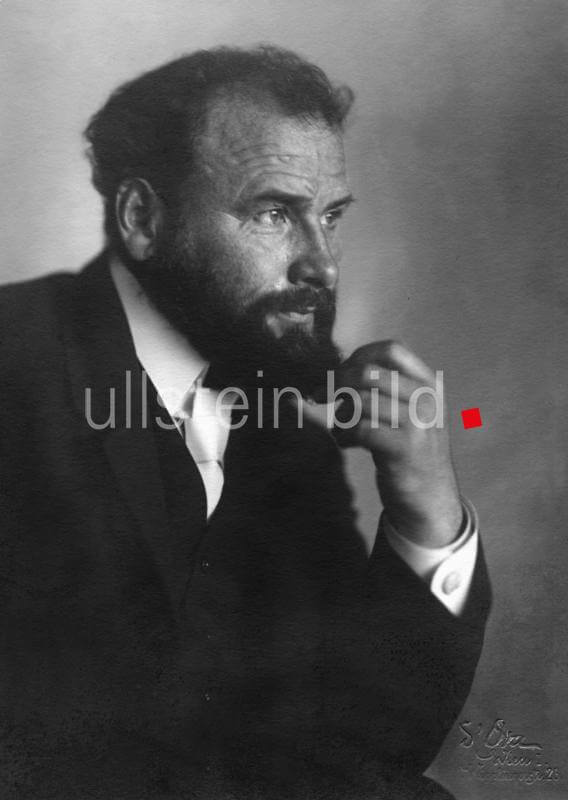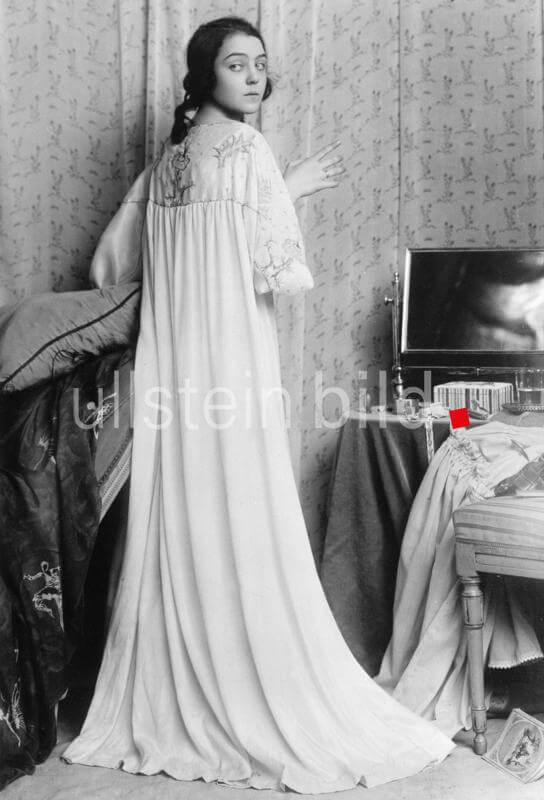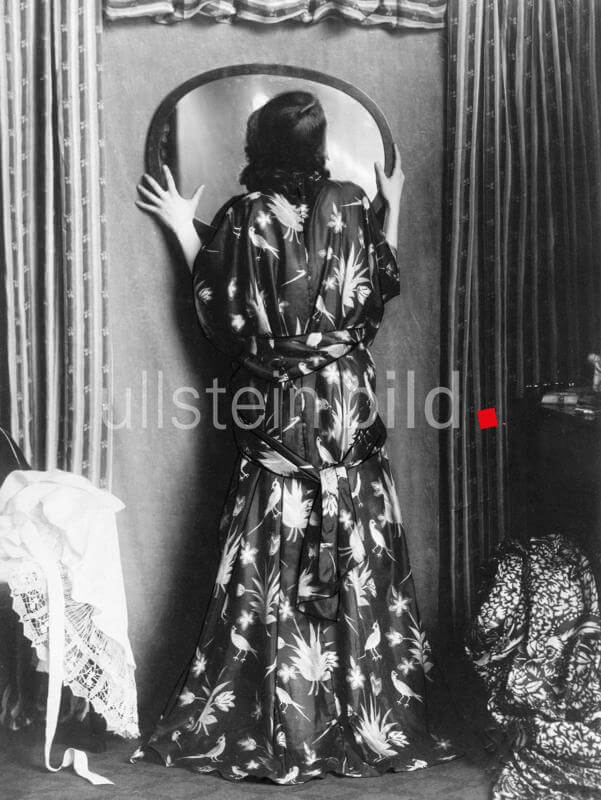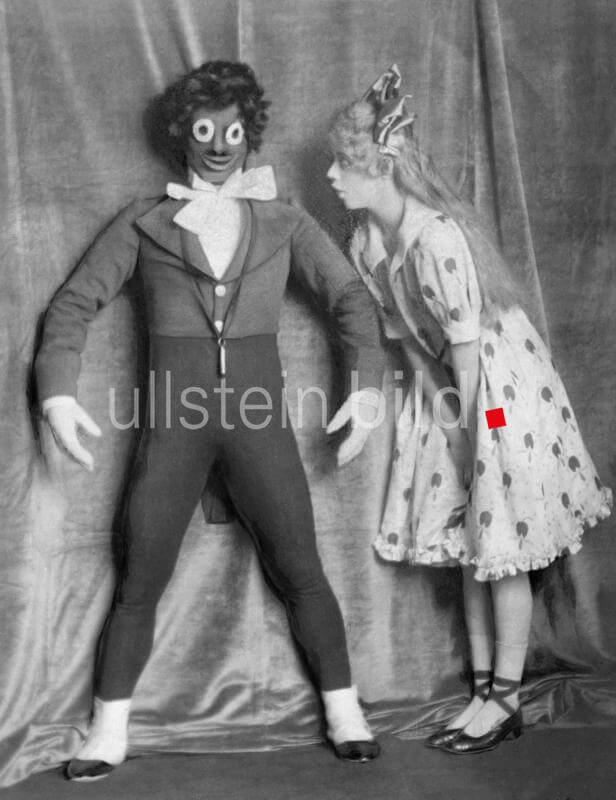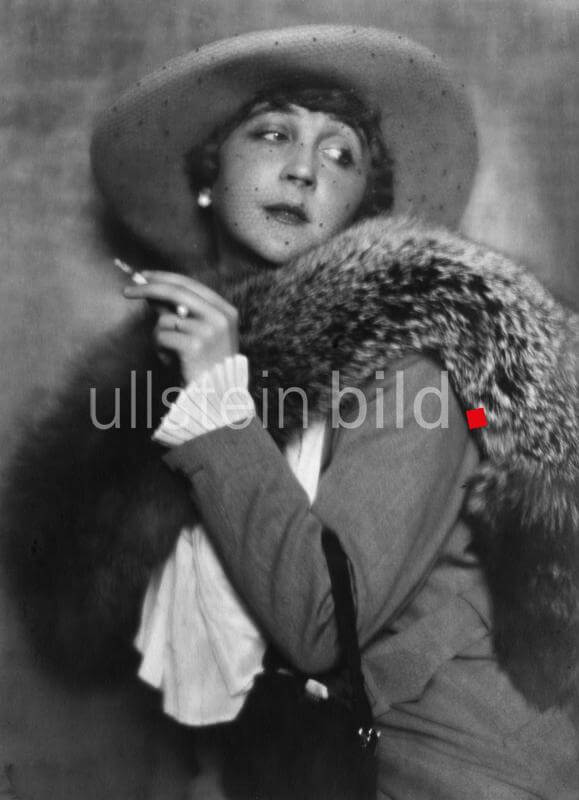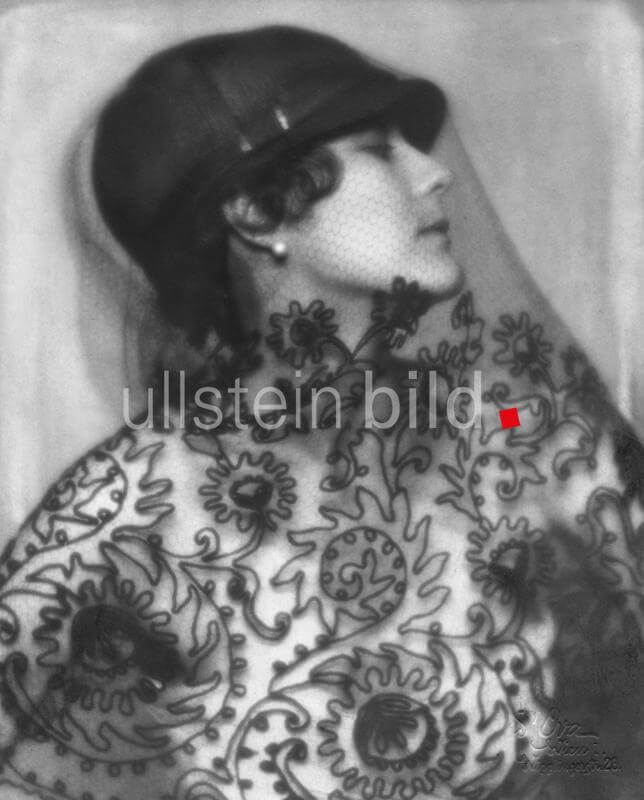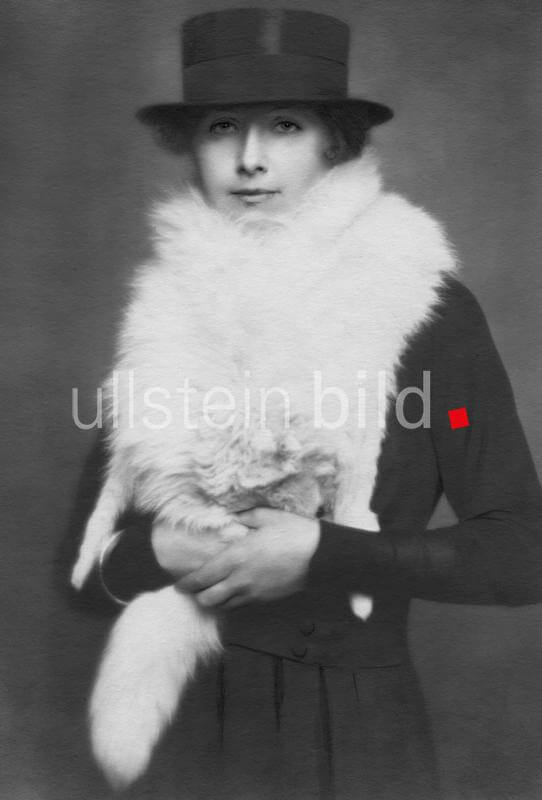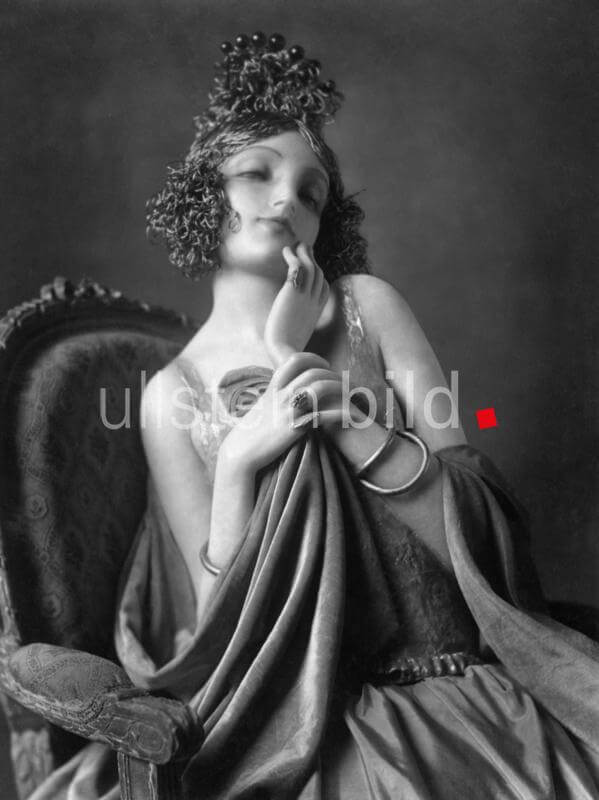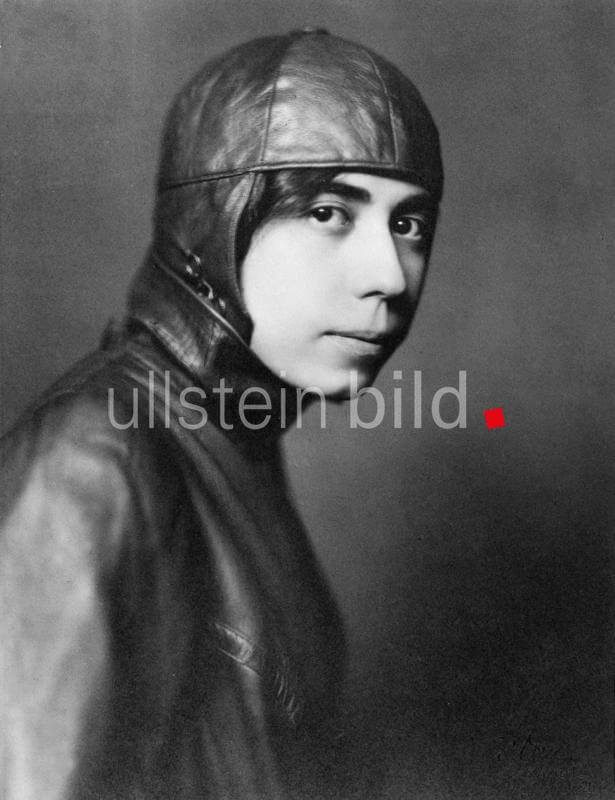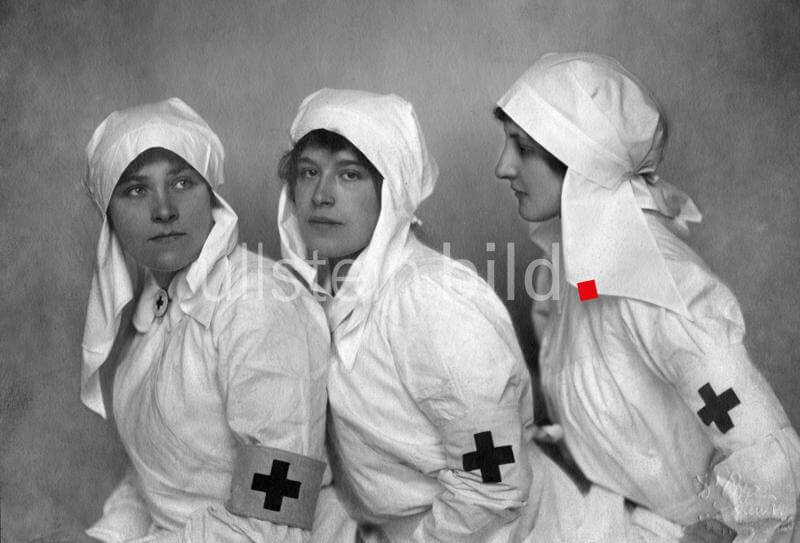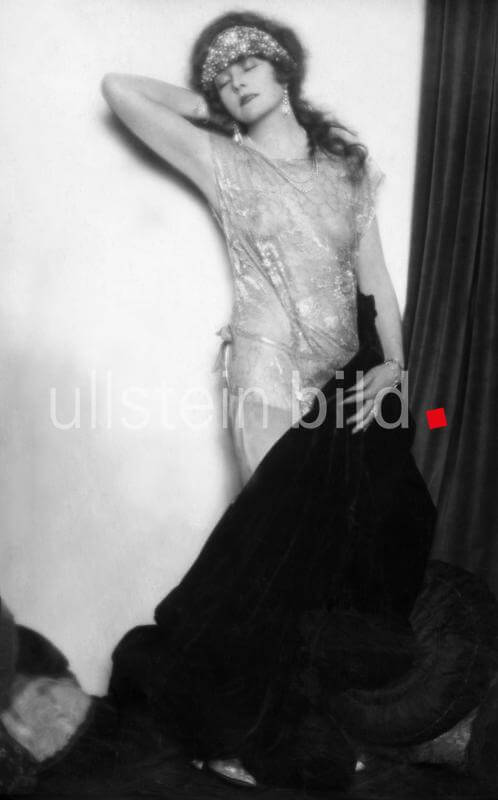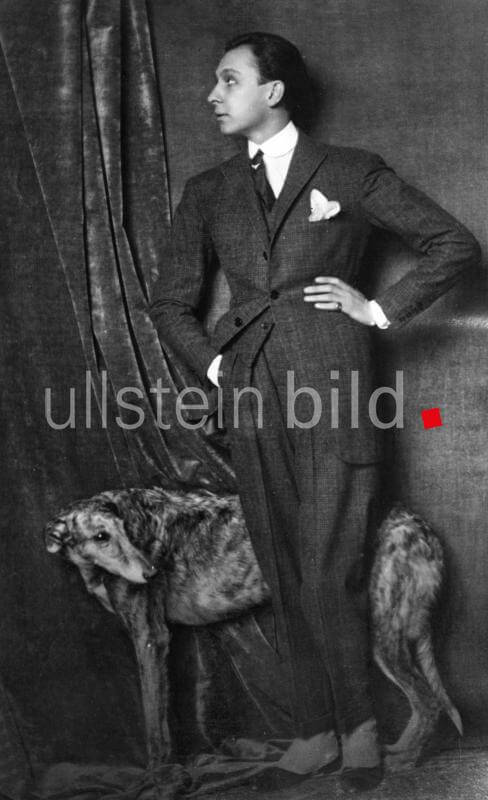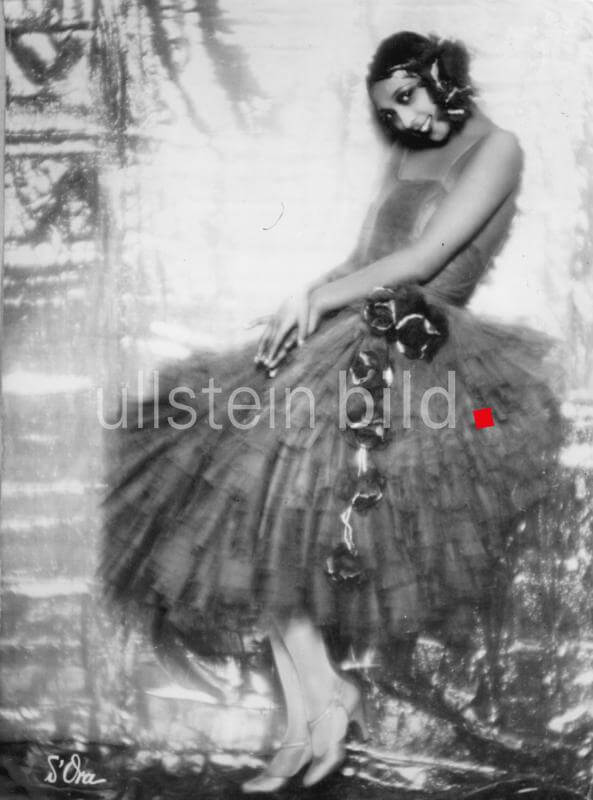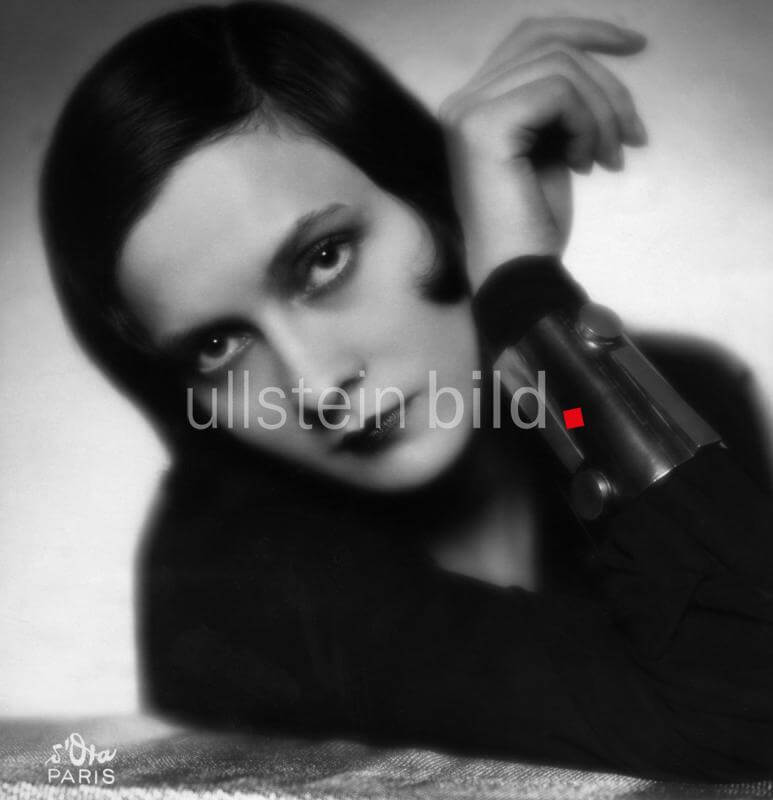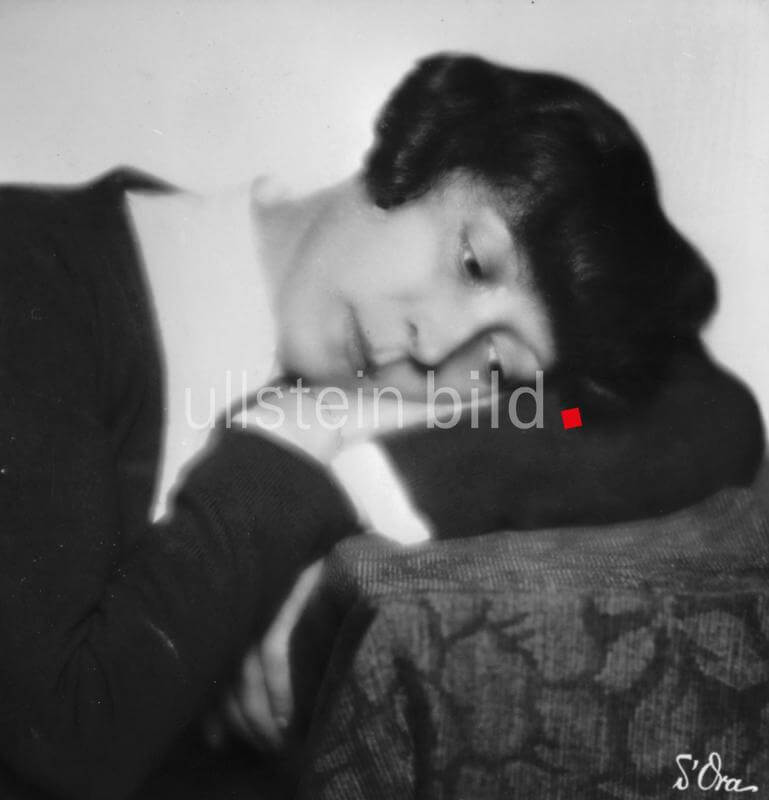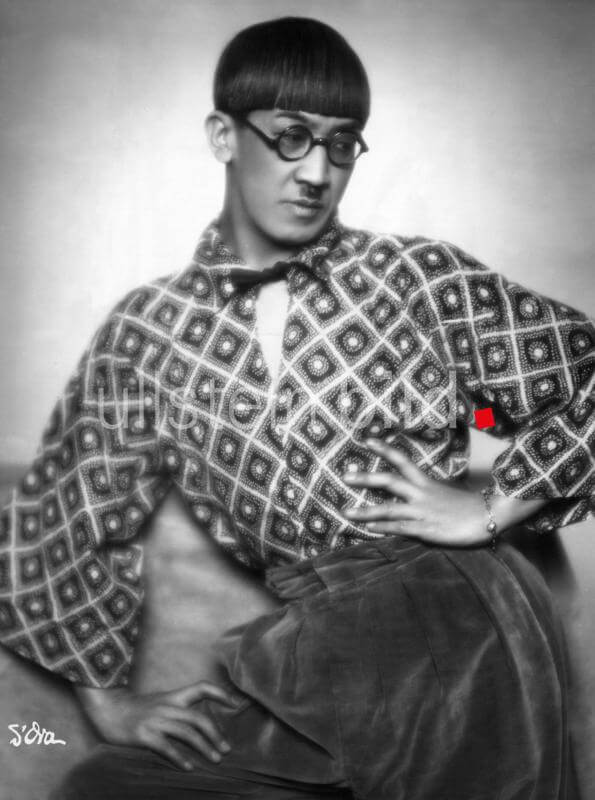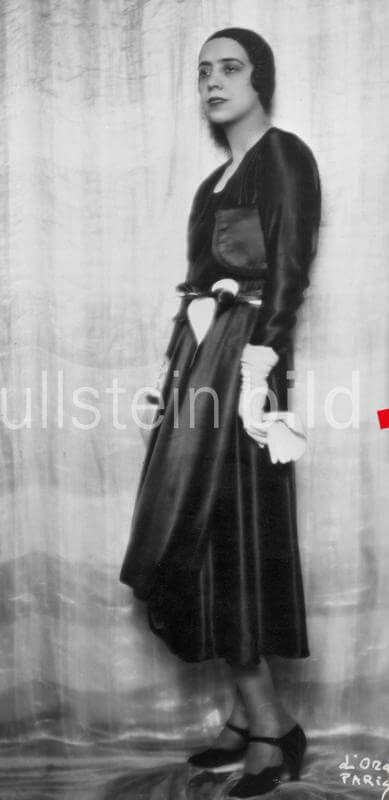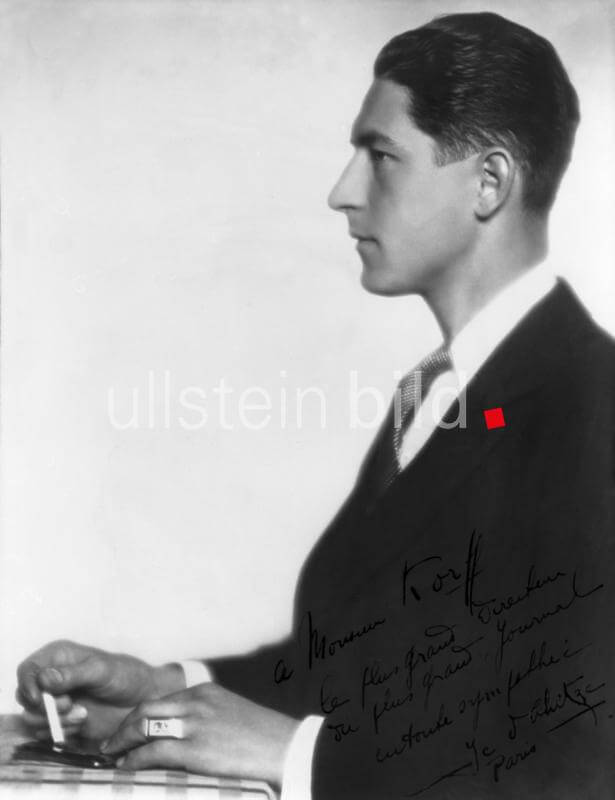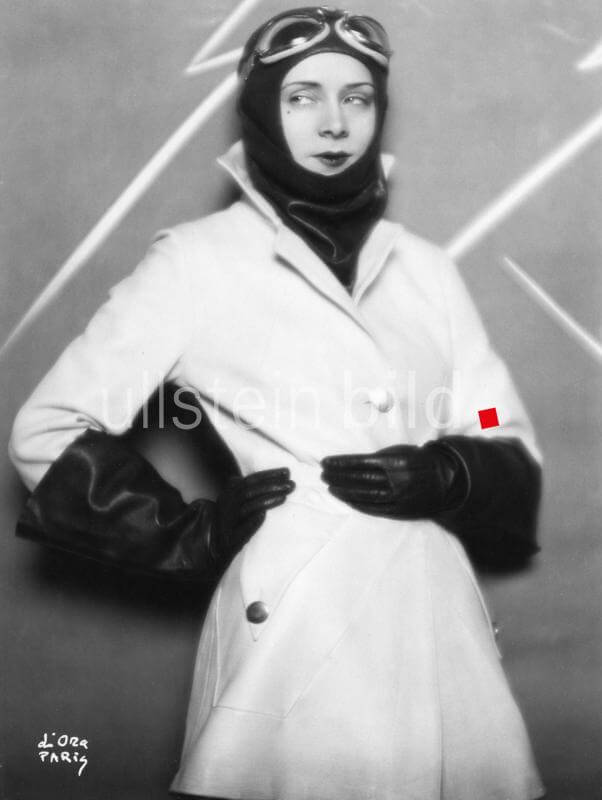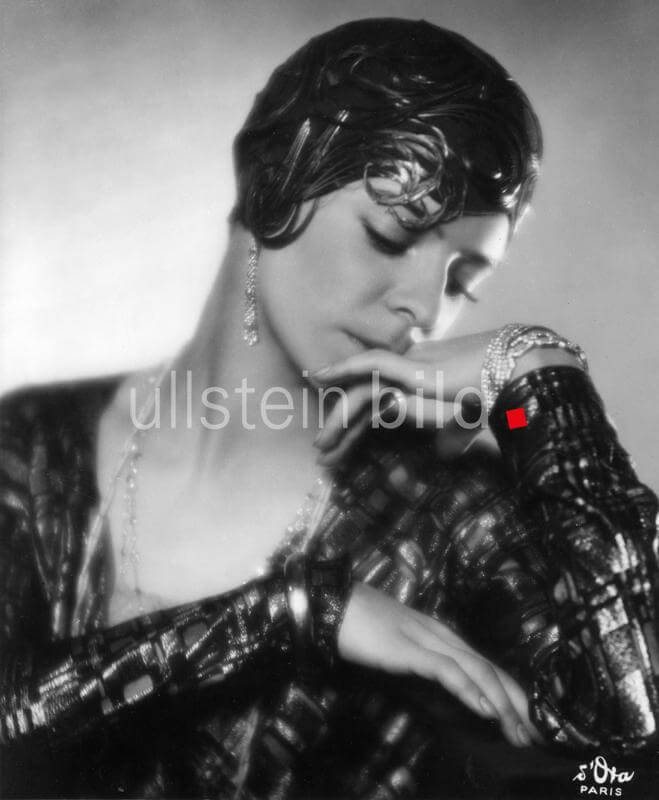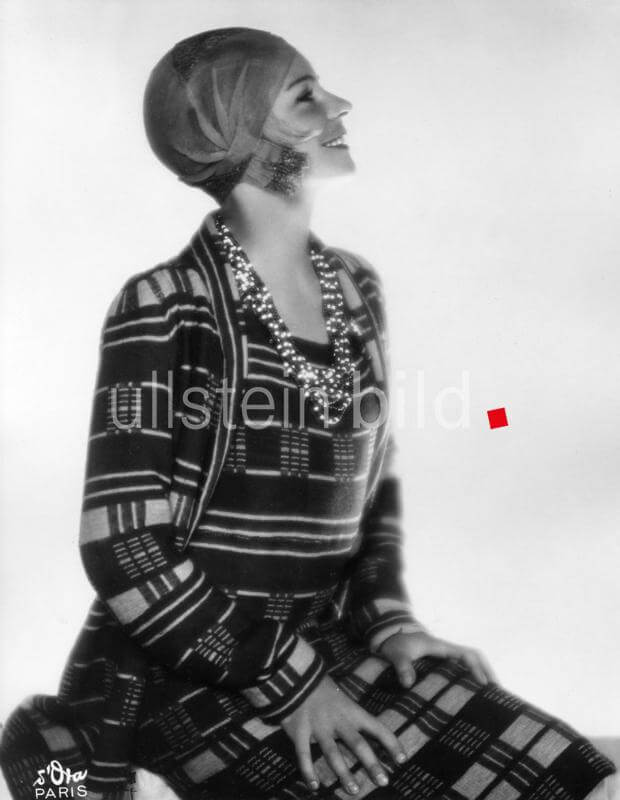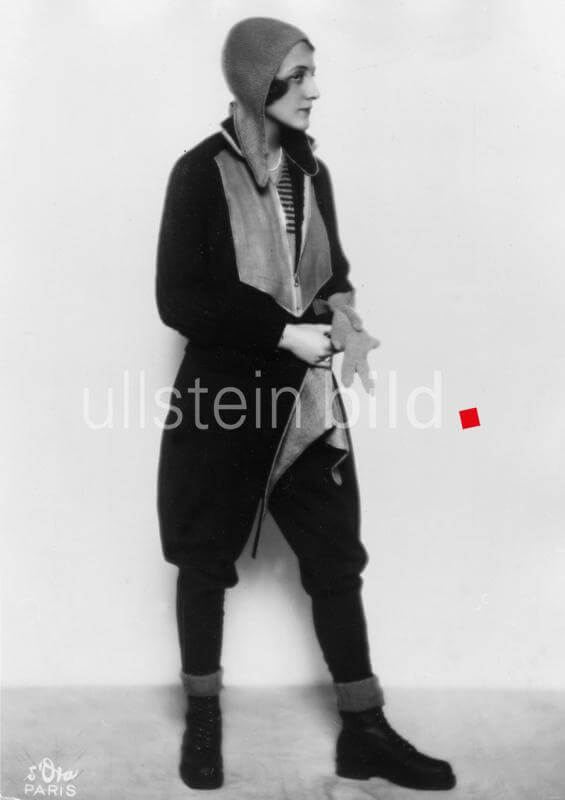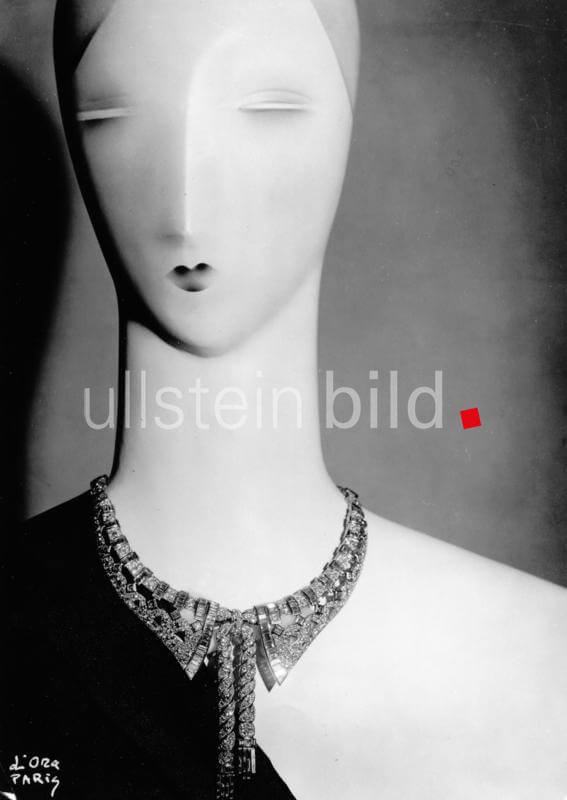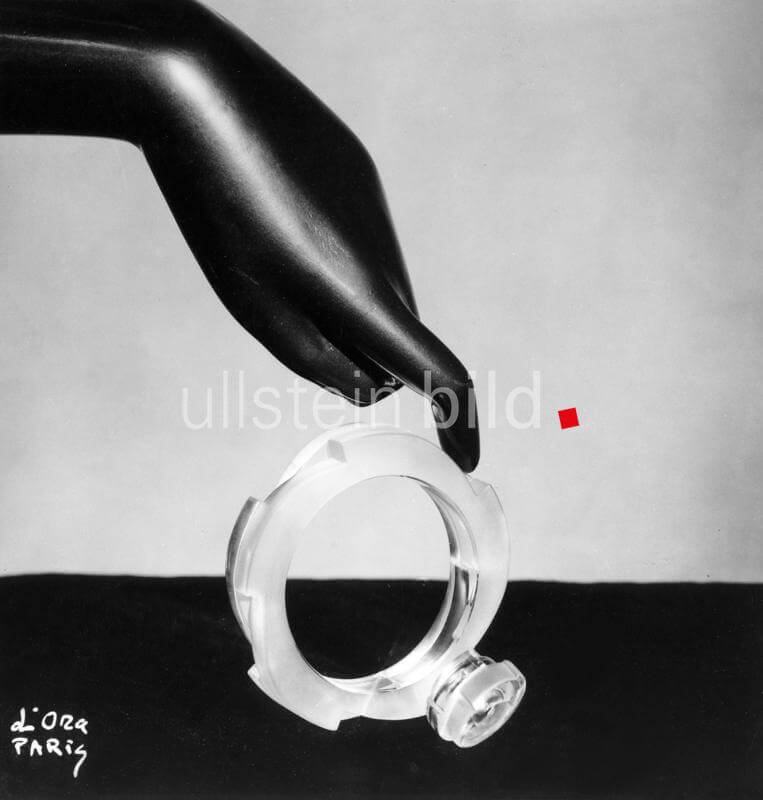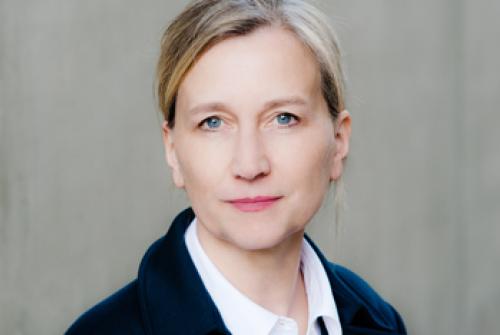Madame d'Ora
Exhibition at the Millesgården Museum Stockholm / February 12, 2022 – September 4, 2022
_______________________________________________________________________
… more than a photographer – Madame d’Ora and the History of Ullstein
The author of the essay with the striking headline “The d’Ora” made the photographer d’Ora the undisputed focus of his observations in the April 1929 issue of Die Dame. Surely in part as a result of his meeting her, he describes, full of appreciation, her art, her abilities, her ability to prevail. At the very beginning of his text – flanked by a self-portrait of d’Ora with a cat – he announces the following special qualities:
This d’Ora in Paris, who photographs beautiful women so beautifully, is more than a photographer; she is a profound and good person. Also a courageous person. Anyone who witnessed how d’Ora built up her studio in Paris a few years ago, in the fact of a housing shortage, competition, professional jealousy, and the other small and large annoyances that can wreck the life of a sensitive creature, must have respect for the delicate woman. One is tempted to say she is capable like a real man. But because she cannot stand the word “capable”, one has to find another epithet for her. Something like: she is a genius of good taste.
There were good reasons for this sort of homage: the Ullstein publishing house in Berlin and Madame d’Ora were linked by an intense and crucial publication history. Die Dame, the journal Ullstein founded in 1912, was one of the most important stages on which d’Ora photographs appeared. The issues just for the year in question presented numerous works in full-page cover format and illustrated editorial texts on fashion topics under headlines such as “Kariert – gross und klein” (Checkered – large and small), “Ein Hut in fünf Verwandlungen” (One hat in five transformations), “Kleider aus Spitze” (Lace dresses), “Für die Reise” (For travel), “Für das Wochenende” (For the weekend), “Musselin – Moiree” (Muslin – moiré), “Satin – Chiffon”, and simply “Volants” (Flounces). The complete repertoire of a fashion and portrait photographer and connoisseur of her field such as d’Ora was placed in the spotlight, and vice versa: the photographer was able to take full advantage of her liberty and further develop her opportunities. The location of her studio in the fashion metropolis of Paris suggested communicating new trends to her contemporaneous audience in Berlin. Not only basic topics were treated in detail by the editors, such as travel, lifestyle, interior design, art, and literature, but Ullstein’s related products were placed here as well. It stood to reason to place an ad for Ullstein’s popular dressmaking patterns at the end of a series of fashion photographs or a reference to Ullstein’s travel agencies and travel services after photographs of all sorts of travel accessoires.
This tribute to d’Ora form 1929 not only focused on the style and expression of the modern woman of the 1920s, but also cited the photographer in the context of her own work: the example of the Berlin photographer Nicola Perscheid as a role model and the significance of works of fine art. This look at her origins was in turn a reminder of the scope of Ullstein’s publishing. At that time, it had an artistic advisory board and pioneering employees, such as Kurt Korff and Kurt Safranski (also spelled Szafranski), who would later contribute to the creation of Life magazine and cofound the Black Star photo agency – after the Ullstein publishing house was taken over by the criminal National Socialist regime in Germany and they were forced to immigrate to the United States. As editor in chief and managing director, respectively, of Ullstein in Berlin, Korff and Safranski created crucial preconditions for the development of photography, for the inexorably growing importance of photographic works and far-ranging design possibilities. The launching points for that were newspapers and magazines as diverse as Uhu, Der Querschnitt, Tempo, Berliner Illustrirte Zeitung, and Grüne Post. At the same time as d’Ora, a series of outstanding photographers were working for publications, sometimes with exclusive contracts, for the Ullstein publishing house, which as the time was the most successful publisher in Europe. They included James Abbé, Cecil Beaton, Becker & Maass, Mario von Bucovich, Suse Byk, Hugo von Erfurth, Emil Otto Hoppé, André Kertész, Elli Marcus, Martin Munkácsi, Erich Salomon, Yva, and Zander & Labisch.
The handwritten dedication on the d’Ora photograph by the fashion designer Jean-Claude d’Ahetze celebrates the editor in chief, Kurt Korff: “Le plus grand Directeur du plus grand Journal.” Both the man who signed it, d’Ahetze, and the photographer Madame d’Ora were in close and even, perhaps, complete agreement on that.
Further informations can be found on the website of Millesgården Museums Stockholm.
The exhibition catalogue Madame d'Ora is published by Prestel New York, with essays by Katrin Bomhoff, Christian Brandstätter, Jean-Marc Dreyfus, Monika Faber, Esther Ruelfs, Lisa Silverman, Magdalena Vukovic.
You can find the entire collection on Madame d'Ora at www.ullsteinbild.de.
Impression of the exhibition catalogue and the exhibits can be found in the following gallery.
Exhibits: ullstein bild collection
